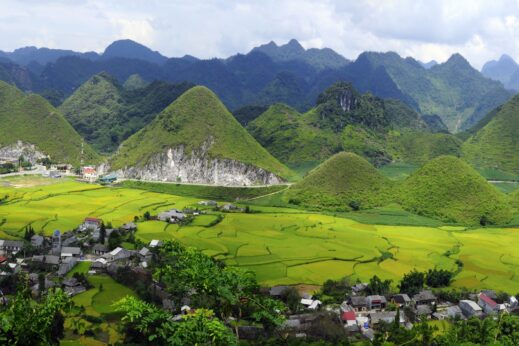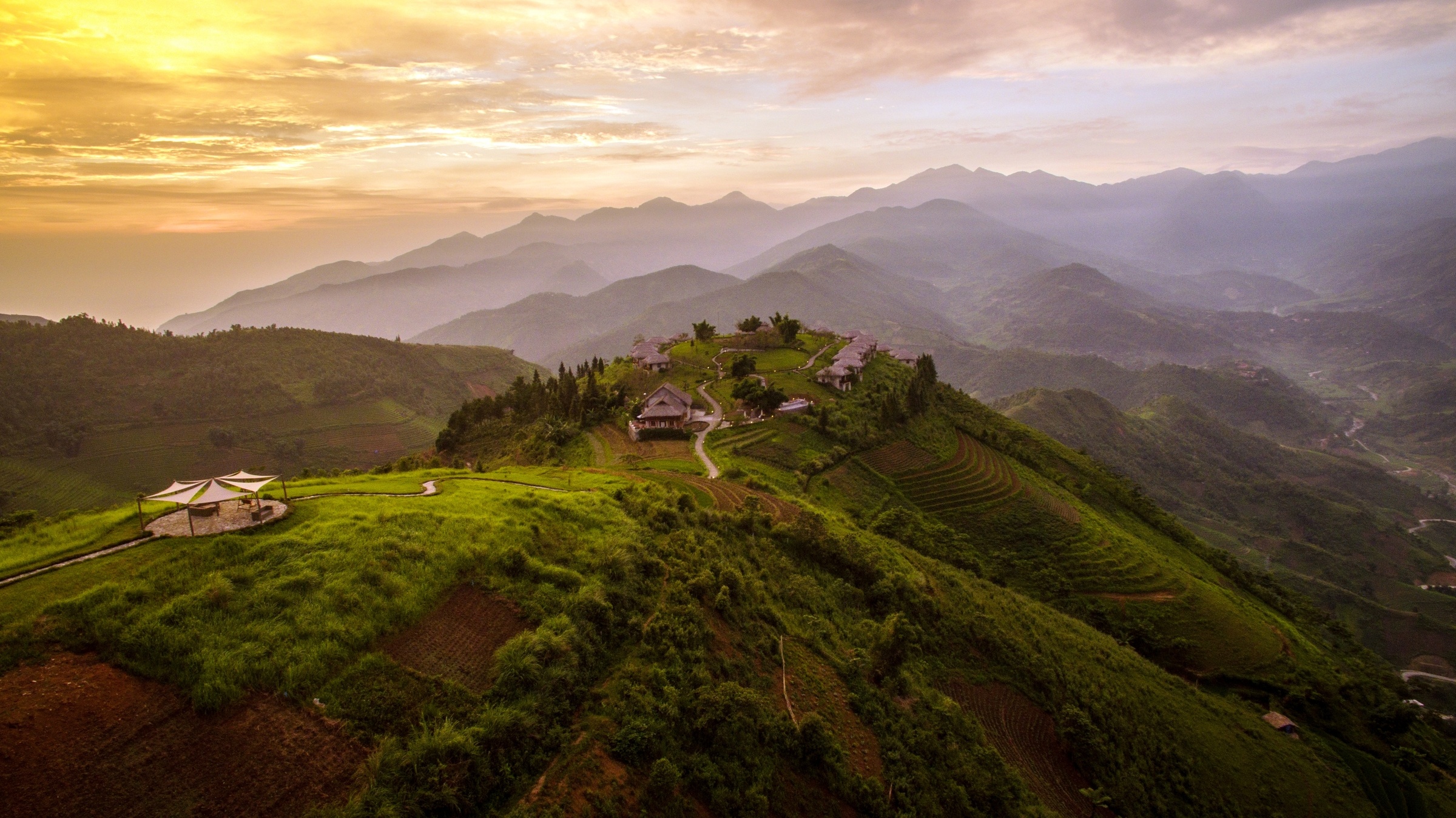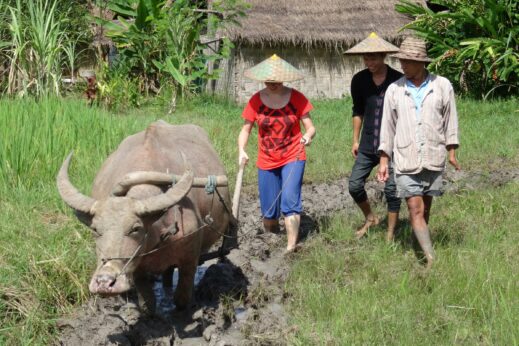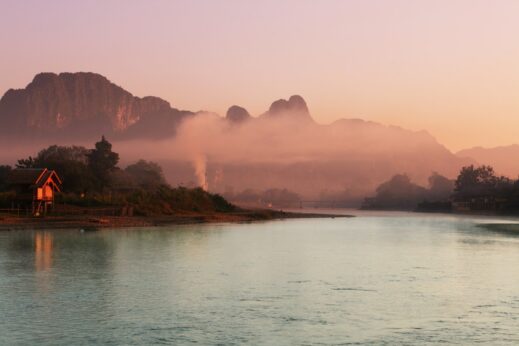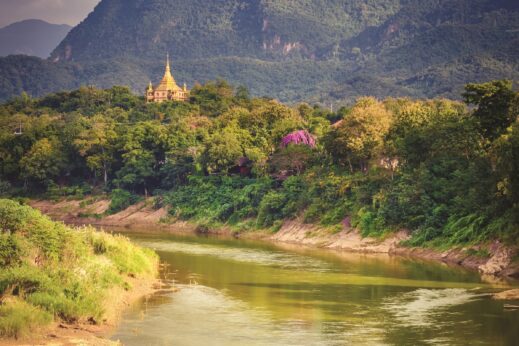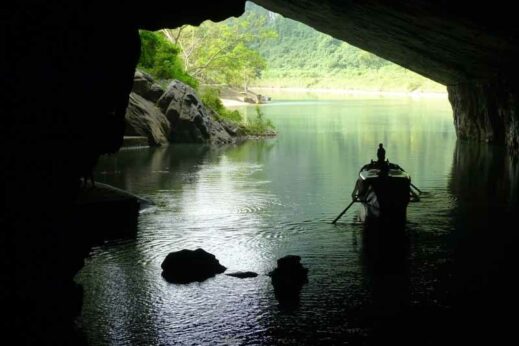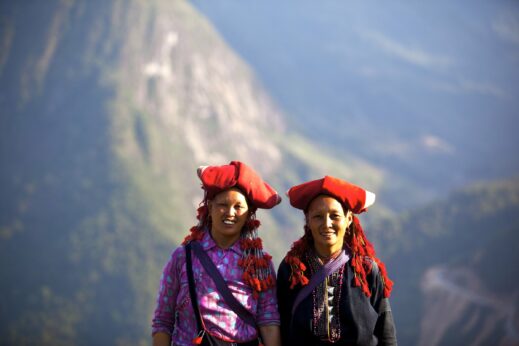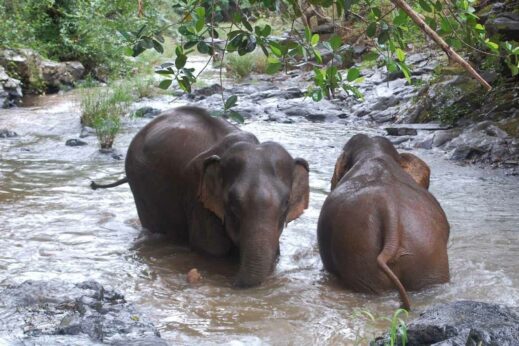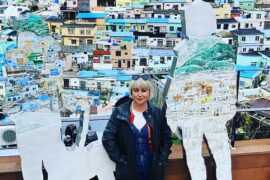The idea of taking a digital detox is nothing new. Since the advent of smartphones, countless articles have bandied around the travel press about the best places to get away from it all.
But there’s been another trend more recently: places to go on holiday based on how instagrammable they are. We love falling into the happy abyss of inspirational travel photos as much as the next person (you could while away hours on ours after all), but a photo never tells the whole story and a ‘like’ on a photo will never feel as good as falling in love with a place.
That Wi-Fi symbol seems ubiquitous the world over, but as we wind down towards the end of another year filled with breaking news alerts alongside the business as usual buzz of emails and updates, it’s time to plan an escape from the internet and busy life’s distractions in Southeast Asia.
Consider sending a postcard instead of a status update. You can always put the pics on Instagram when you get home…
Hiking
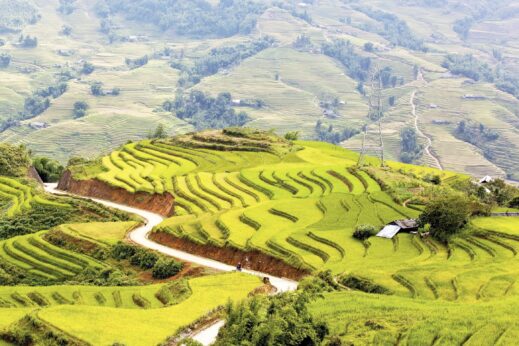
With such huge swathes of untouched countryside, the region is your oyster when it comes to outdoor activities. Hiking options range from multi-day intrepid challenges, to gentler rambles with plenty of stops.
In Vietnam, Sapa is the most popular spot for hiking and while still beautiful, it does have an increasingly large numbers of tourists. For a similar experience with fewer tourists, consider the lush area of Ha Giang.
Trekking through the cloud forests of northern Laos should be the bucket list for all hikers with well-worn boots. If you fancy a challenge, a five-day trek takes you to the top of Laos’s third largest peak: Phou Louy (2,257m), staying at modest accommodation and tracking rare wildlife along the way. Shorter trails and night safaris are available too.
6 best hikes in Southeast Asia
Homestays
To experience local life (sans social media), spend a night or two at a homestay and play a part in everyday life by learning to cook authentic dishes and help with tasks such as rice planting.
Rice is a staple part of the Southeast Asian diet, and a large percentage of the population are involved in farming. The Living Land, an organic farm just outside Luang Prabang, offers the opportunity to learn traditional farming methods and get involved with the ploughing, planting, harvesting and, best of all, eating!
5 reasons to spend time at a homestay in Southeast Asia
Boating
There’s nothing like taking to the water in a teakwood riverboat to forget the breakneck speed of modern life. As far as waterways go, few are as special as the Mekong Delta. Take the Vat Phou in Laos to journey through the Four Thousand Islands and stream past ancient ruins like Oum Muong, the Pha Pheng waterfalls, stilted villages and thick jungle. All in a vessel that harks back to a golden age of travel. A time before technology.
For a different sort of boat trip, travel to Ninh Binh in Vietnam. Fondly known as Halong Bay on land, Thung Nang Valley here has a fairy-tale landscape of giant limestone mountains flanked by pale green paddies. It’s not completely on land though, the stream of water running between the mountains and widening beyond is perfect for a gentle sampan journey.
Top 5 tips: Boating in Indochina
Spiritual experiences
If you’re cleansing yourself of the woes of modern life, consider channelling your spiritual side with some calming experiences in Southeast Asia.
The Pha Tad Ke Botanical Garden in Laos is just a short boat ride from the UNESCO town of Luang Prabang, but if the town seems idyllic, this botanical garden is another world. There’s no better setting for a morning of mindfulness, meditation and yoga (followed by a deliciously healthy breakfast, naturally).
While Luang Prabang is a popular place to see patient lines of robed monks collecting alms in the morning, you’re likely to see throngs of tourists too. If you’d prefer a peek behind the scenes of Buddhism, travel across the Mekong to spend a morning at the temples preparing offerings such as khan dok mai (made of marigolds and palm leaves) and joining monks in guided meditation.
5 unique cultural experiences in Laos
Caving
Know somewhere guaranteed not to have phone signal? A cave. As luck would have it, an impressive network awaits across Southeast Asia.
Perhaps the most famous are the limestone ones in the UNESCO Phong Nha-Ke National Park in Vietnam. This national park is even home to the largest cave in the world: Son Doong. While Son Doong is prohibitively expensive (as well as logistically difficult to get tickets for), you’re not short of other, equally exciting options.
The enormous Paradise Cave (Thien Duong) has been kitted out with lights and wooden walkways to illuminate huge stalagmite and stalactite formations; and nearby Phong Nha Cave has water running through the centre, so you can enter in a longtail boat and take a dip in the water! As if you needed another excuse to leave your phone at home…
For those interested in history, the Viengxay Caves in northern Laos are a fascinating visit, having been used by the Pathet Lao to shelter during the Vietnam War, and Mo Luong Cave in Vietnam is rich in local folklore.
Enter the jungle: Cave trekking in Vietnam
Islands
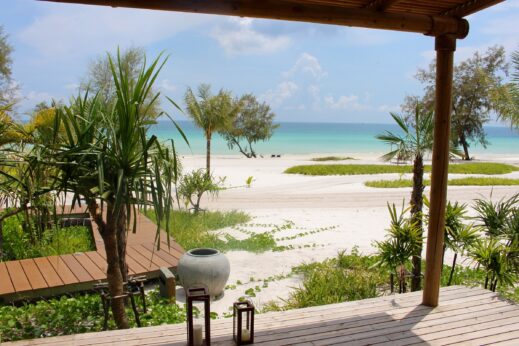
Sun, sea, sand and not a social media channel in sight. Fulfil those desert island dreams and take a break from the rest of the world in Southeast Asia.
In Vietnam, there’s Phu Quoc. This small island, best known for superior fish sauce (a big deal in these parts) only started to catch paradise-seeking travellers relatively recently. The northern part is home to thick jungle and a protected national park, and towards the south miles of golden beaches lead to a port where you can take a boat to explore the An Thoi Archipelago.
Koh Rong in Cambodia gives even Phu Quoc a run for its money. This little-developed island has squeaky white sand, crystal waters and… well, not much else. That’s the charm of it. If you can tear yourself away from a sun lounger or infinity pool, book in a snorkelling session; both islands have colourful coral teeming with marine life.
Luxury Cambodia: A beach break on Koh Rong
Villages
Some of the villages in Southeast Asia feel as though they pressed pause long before the internet. Mai Chau, in the highlands of Vietnam, is home to Thai, Muong and Hmong people with centuries-old traditions, customs and beliefs. In the northern Vietnamese town of Bac Ha, many groups come together for the Sunday market wearing their best traditional clothes and socialise as they sell their wares.
In Cambodia, Battambang is an easily accessible place to rent a bike and get out into the countryside to pass through rural communities.
10 tips for visiting ethnic minorities in Vietnam
Wildlife
While Laos used to be known as the ‘Land of a Million Elephants’, these days numbers hover around just 4,000. Elephant camps are not always responsibly run, but Mandalao Sanctuary near Luang Prabang is a non-riding elephant experience, with seven gentle giants, that focuses on animal welfare.
As mentioned under hiking, the National Protected Area (NPA) of Nam Et-Phou Louey in Laos has a high level of biodiversity and endangered species including tigers and the white-cheeked gibbon. Ecotourism activities here also contribute to the conservation of the area.
Nam Cat Tien National Park in Vietnam has 72,000 hectares of rainforest with a population of elephants, leopards and tigers; rescue centres for gibbons and bears; and ‘Crocodile Lake’ with critically endangered Siamese crocodiles.
8 unforgettable wildlife experiences in Southeast Asia
Tempted? Contact our team of travel experts and treat yourself to some time out in Southeast Asia.
